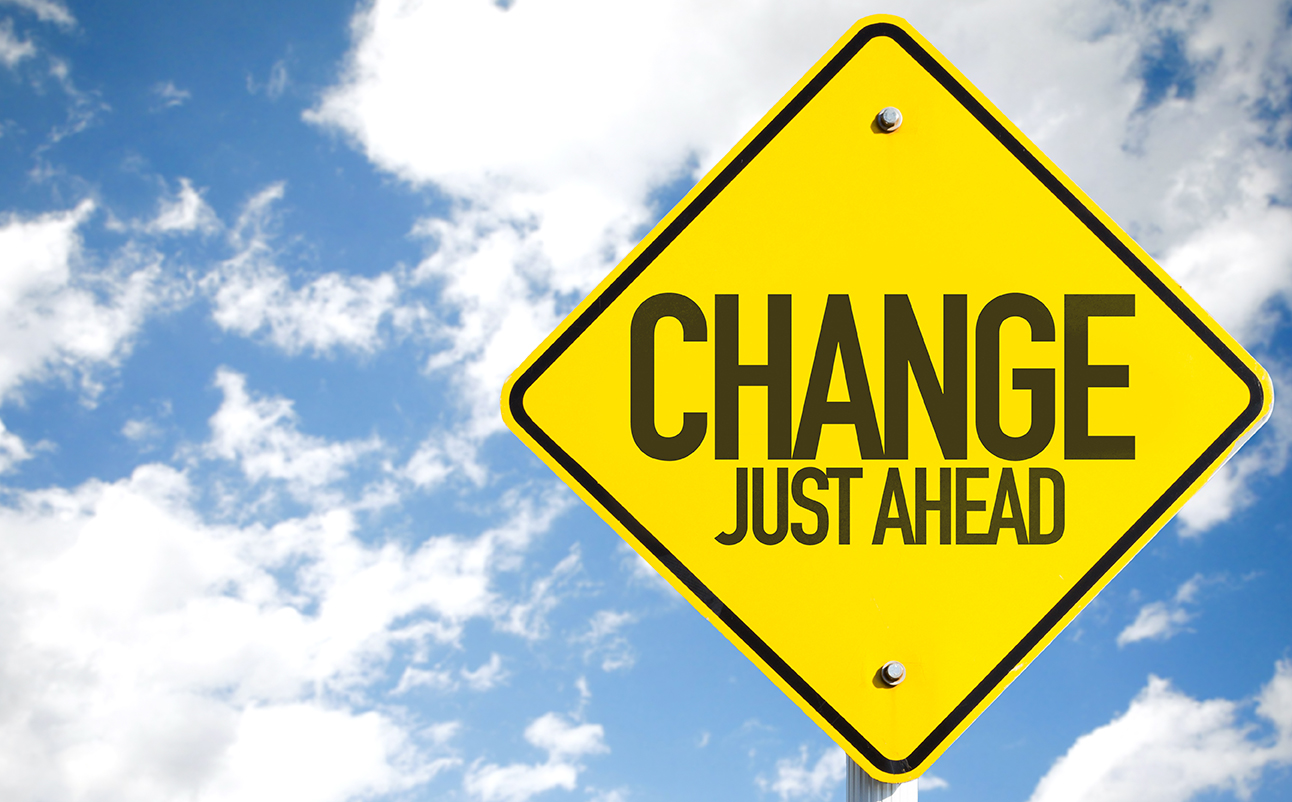Life Changes
Moving through life is like floating down a river on a raft. When you are being thrown around by rough rapids, the best thing you can do is move in the direction of the water. Fighting the current is exhausting, counterproductive, and dangerous. Similarly, if you’re resistant to change, you’ll spend tremendous emotional energy and effort trying to do the impossible. Doing so can lead to depression, anger, anxiety, unresolved emotions, regret, or shame.
However, not all change is akin to being tossed into raging waters. Some changes, like new friendships or job opportunities, are welcome. The transitions we experience in life vary greatly. They can be gradual or abrupt, such as entering middle age or suddenly losing a loved one. What one person considers an invited change may be unwanted by another.
Adjusting to Change
Whether planned or unplanned, change forces us to adapt and adjust. Doing so takes energy, and when we go through multiple changes and subsequent adjustments simultaneously, we can become stressed and exhausted. While we can’t always control change, we can control our reaction to change. Doing so allows us to set the course for smoother sailing.
Listen to Related Podcast: Retire with Purpose: Tom Farley is living a life of purpose in retirement and shares his professional knowledge and personal experiences about retiring with purpose and passion. With 10,000 people turning 65 every day for the next two decades, learning about retirement beyond financial security is critical for optimal well-being during your golden years.
Cherish Consistency
When going through a difficult life change, surround yourself with the things that make you feel normal and grounded. Whether that’s your favorite local coffee nook or a pair of jeans that never fails to boost your confidence, identify sources of comfort in your life. Embracing familiarity can help you adapt to the areas of change in your life.
Acknowledge Change
Acknowledging that change is happening is the first step to moving towards acceptance. Denying that change is happening can be more stressful than recognizing it early on because denial forces you to be reactive rather than adaptive. When we resist change and cling tightly to the past, we deny ourselves opportunities to learn and grow. If we spend our time worrying about future what-ifs, we miss living in the present and enjoying the small special moments that make life fulfilling.
Compile Evidence
Think back over your life. What changes have you experienced? Were there changes you feared? In the end, did your fears about change happen? Write down a list of times the change you were afraid of resulted in a positive experience. Reference it when you’re feeling anxious about change. Your list is evidence that you have overcome change before- and you can do it again!
Prepare When Possible
At times, you can predict change with considerable accuracy, like if you’re moving to a new city or starting a new job. In these situations, prepare yourself. Doing so will help you become more confident and self-assured as you navigate this change.
Quiet Your Mind
Research shows that people tend to focus more on the negative than the positive, especially during times of transition. Try bringing awareness to your thoughts- are your fears or concerns based on reality or unpredictable hypotheticals? Are you only allowing yourself to focus on the worst possible outcome? Mindfulness, deep breathing, and exercise can help clear your head so you can evaluate your situation with a more open and unbiased mind.
Talk it Out
If changes in your life feel overwhelming, reach out for support. Recognizing when you need help is a sign of strength. Talk with family or friends to get a new perspective or let off steam. Therapy or counseling can also provide you with tools to successfully navigate tough transitions.
EFR’s compassionate counseling team is experienced with helping individuals cope with life changes. Learn more about our affordable counseling, or meet our dedicated team of counselors!

